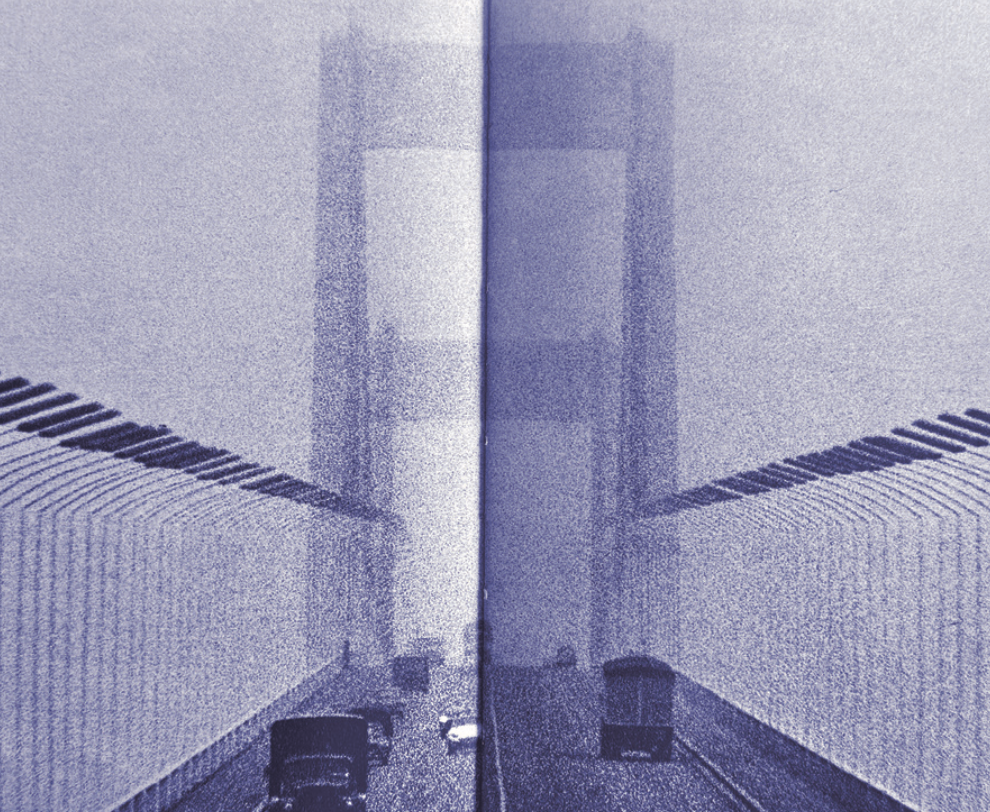Exponential Space as a Fifth Urban Figure
Toward a Phenomenological Actualisation of Françoise Choay's Quadripartition
Abstract
This article explores the evolving relationship between the human body, space, and architecture, tracing its intellectual roots and contemporary implications. Wittgenstein’s notion of reality as a “system of structured facts” (1922) frames the discussion, highlighting the interplay between physical facts and the structures that bind them. Drawing on Husserl’s phenomenology, the body is seen as central to shaping subjective and intercorporeal intentionality, rooted in aesthetic-sensual cognition and finitude (Formaggio, 1996). The study revisits pivotal architectural theories, from Scott’s emphasis on the “enclosed void” (1914) to Focillon’s exploration of internal and external masses in space (1934). Zevi and Moretti expand these ideas, linking interior space and the rupture of Renaissance spatiality, while Giedion connects Cubism and Einstein’s simultaneity to modern architectural perceptions.Contemporary insights from neuroscience, particularly Gallese’s “embodied simulation,” validate these historical intuitions, situating the human experience of architecture in sensory-motor mechanisms (Mallgrave, 2015). Modern challenges arise from “exponential technologies” (Kotler, 2012), necessitating a redefinition of corporeality and the dialogue between body, space, and hyper-technology. This paradigm shift calls for new theoretical categories to navigate and integrate the fragmented perceptual and expressive dimensions of today’s world.
Downloads

Downloads
Published
How to Cite
Issue
Section
License
Copyright (c) 2025 Roberto Podda

This work is licensed under a Creative Commons Attribution 4.0 International License.
The authors keep their rights upon their work, although they transfer, in a non-exclusive way, the rights of exploitation (reproduction, publication, distribution, public dissemination and presentation) to the Journal. The authors are, therefore, free to enter additional, separate contracts for the non-exclusive distribution of the version of the work published in the Journal (for instance, by hosting in an institutional repository or publication in a book), provided credit is given that the work was initially published in this journal. The works are published under a Creative Commons Attribution 4.0 (CC BY 4.0) license.











